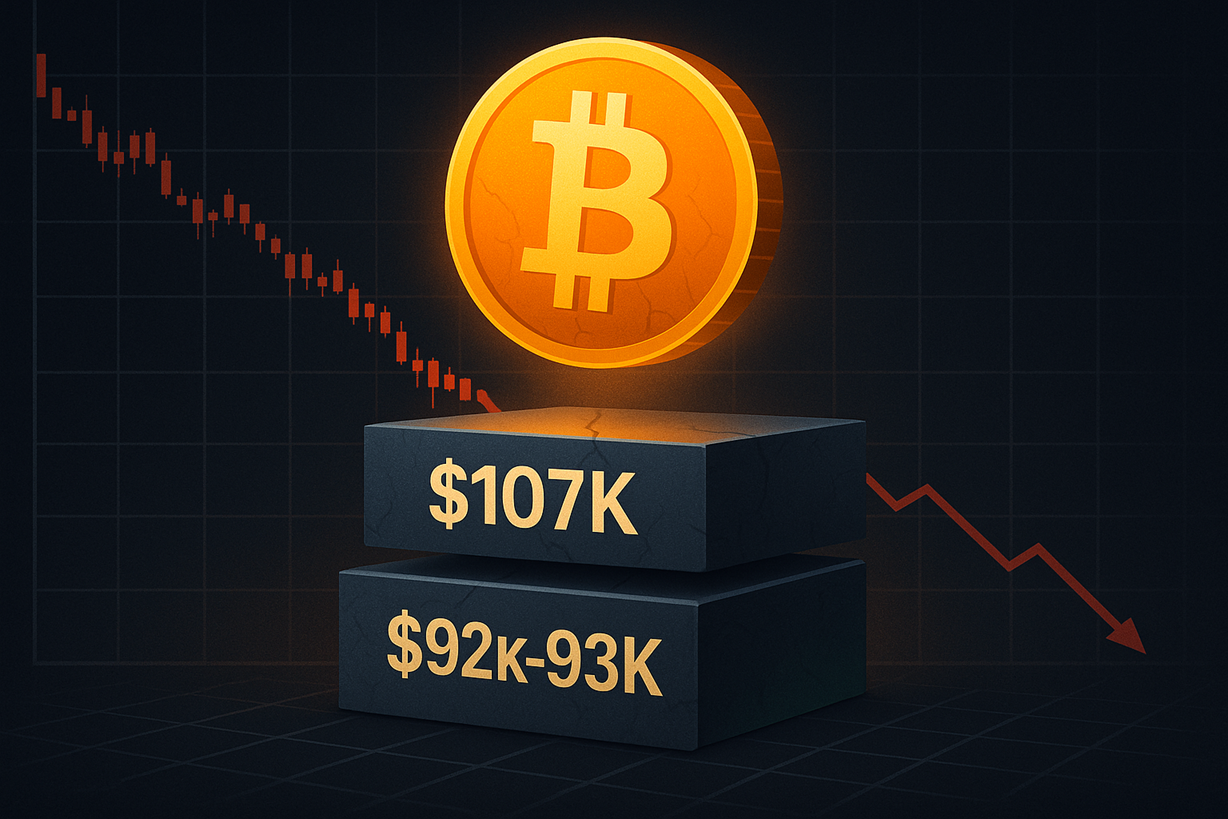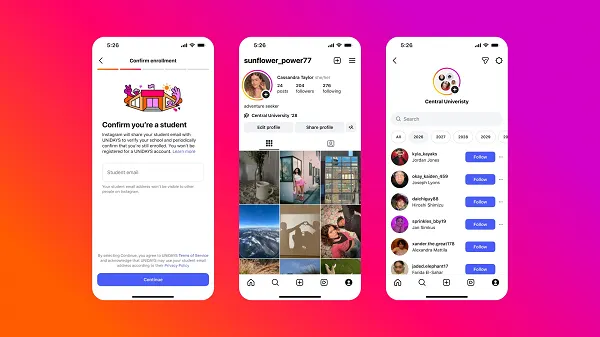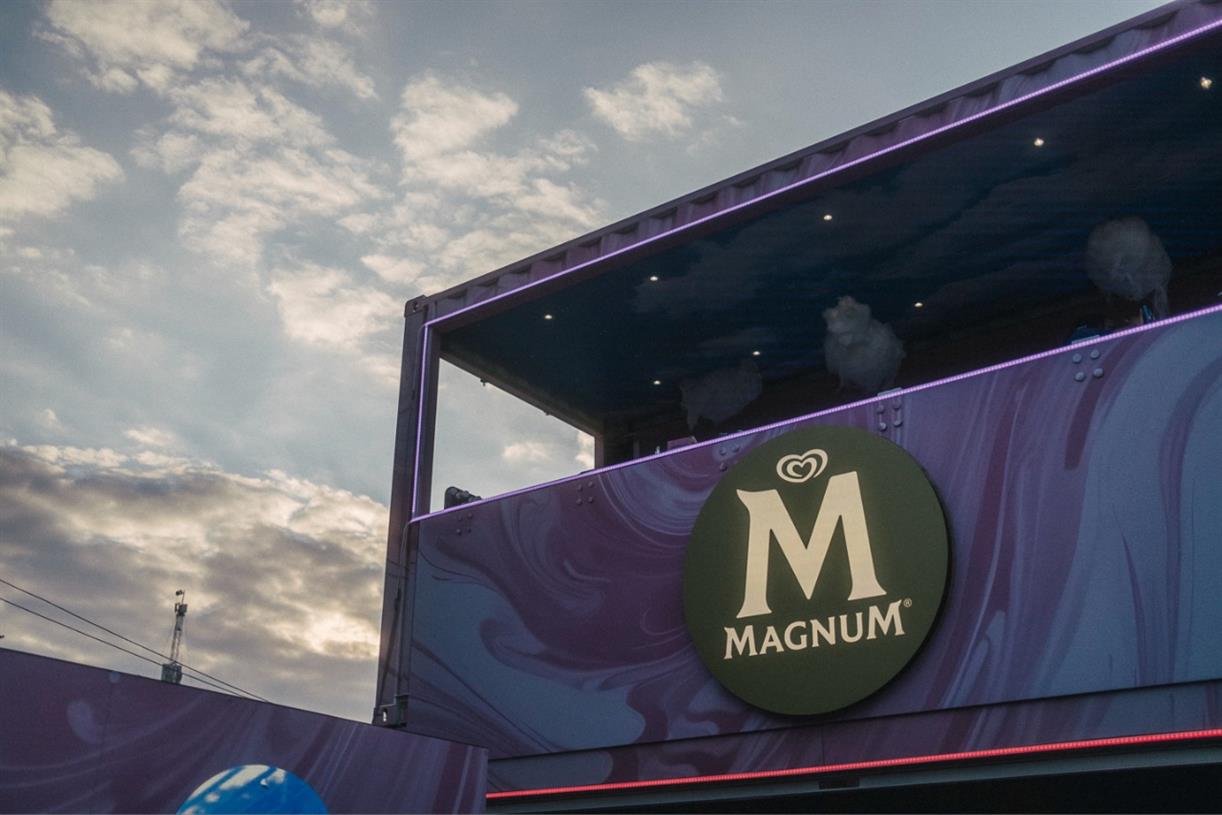Google promises advertisers visibility into programmatic ad tech fees
New tool gives some insights to agencies and brands about how money gets to publishers on its platform.

Google said it will give advertisers a new way to ensure there are “no hidden fees” in its programmatic supply chain, answering some of the industry’s concerns about accounting for all the money that goes into ad tech. But some advertisers think even more transparency is needed in the internet advertising ecosystem, especially around specific fees companies like Google take for their services to publishers.
On Wednesday, Allan Thygesen, Google’s president of Americas and global partners, announced the new transparency tool within Google’s ad tech platform, which will show whether all the money an advertiser spent on programmatic ads went to a publisher. If the receipts don’t match—what the advertiser spent doesn’t line up with the money received—then it would mean money disappeared into the ad tech ether.
“Our intent is really to help our advertising partners, and really the industry overall, to move toward more transparency,” Thygesen said in a phone interview this week. “Publishers and buyers can compare the dollars at a gross level to verify that no hidden fees have been taken.”
Ad tech fees have long been a sore spot in the advertising ecosystem, with ad agencies and brands concerned about how efficiently their money is being spent. There have been estimates that about 15% of an advertiser’s spend is unattributable within automated programmatic advertising.
Also, governments and industry trade groups have launched studies and investigations into ad tech to look for unscrupulous middle-operators in the system that siphon some of the money. Late last year, the Association of National Advertisers announced its latest push to uncover the mysteries of programmatic fees. ANA used a PwC study that estimated that potentially less than 30% of an advertiser's money goes directly to media that reaches consumers in programmatic advertising, with fees draining much of the budget.
“There are a lot of ‘middleman’ fees going on in the space,” said Mark Pearlstein, chief revenue officer at Permutive, a publisher and ad tech platform. “That is what I think Google is trying to at least provide transparency into.”
To be clear, publishers have perfectly legitimate partnerships with companies like Google and other vendors, which help manage ad inventory, online ad auctions, data and other services. The problems arise when fraud, bots, unsecure websites and other bad actors dip their hands into programmatic advertising pools.
Google’s new tool is limited in that it only is available for publishers that use Google Ad Manager and advertisers buying through its Display and Video 360 demand-side platform. The tool is called “confirming gross revenue,” and it works like this: The publisher and media buyer match their records to make sure the money spent by the buyer is equal to the money accounted for by the publishers. Google said that it was talking with outside demand-side platforms, sell-side platforms, agencies and advertisers to “onboard more partners.”
The revenue confirmation process is not super-granular, however. For instance, “gross revenue” would confirm that a publisher received all the money an advertiser sent its way, but it wouldn’t disclose to the advertiser every ad tech fee associated with its budget. Google and all supply-side ad tech providers take cuts for their services. “It’s a step in the right direction,” said Ashwini Karandikar, executive VP of media, tech and data at 4A’s, the ad industry trade group. “We would love to have more disclosure on the sell side, and hopefully this keeps pushing the sell-side to share more.”
Google’s transparency tool is intentionally broad in its reporting, in part, so it does not disclose too much proprietary information or data about consumers. Thygesen said Google will provide enough information to “answer the question in hand,” such as whether there were hidden fees, but the system also is designed so it doesn’t leak any data from the publisher or advertiser.
Esra Bacher, managing partner and programmatic investment lead at GroupM, said that agencies and brands have been asking for “greater transparency when it comes to fees charged and the auction dynamics.”
Advertisers are looking for as many details as they can get into programmatic exchanges and how their bids perform in the ad markets. The information can help them understand the supply chain, where their ads run and how to buy media more effectively. Bacher said that ad exchanges need to adhere to standards of transparency on fees, privacy, fraud detection and other issues.
“It is a big step in Google’s world, definitely,” Bacher said of Google’s new offering. “The transparency has been limited with Google as an exchange, so I see this as positive development.”
Google has been fending off critics and regulators for years as the largest internet ad company, which owns search, YouTube, Chrome web browsers, Android and other properties. Google’s ad tech platform also is used by most advertisers and publishers, giving it a position on both the buy and sell side of the equation. That position has opened Google up to regulatory scrutiny, with lawmakers currently questioning whether the company is too dominant in ad tech.
Google’s transparency tool could actually strengthen the company in programmatic advertising. “What Google could be doing is supplying value,” Permutive’s Pearlstein said. Advertisers could see it as “getting an advantage, buying across [Google’s] stack, because it gives you more transparency.”

 FrankLin
FrankLin 































